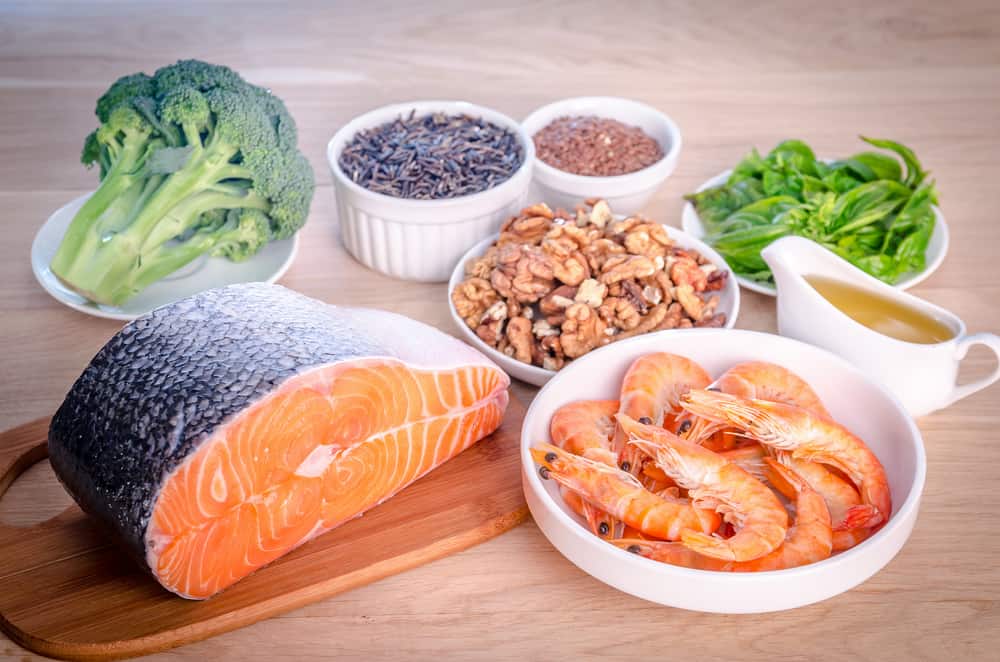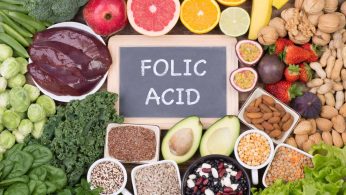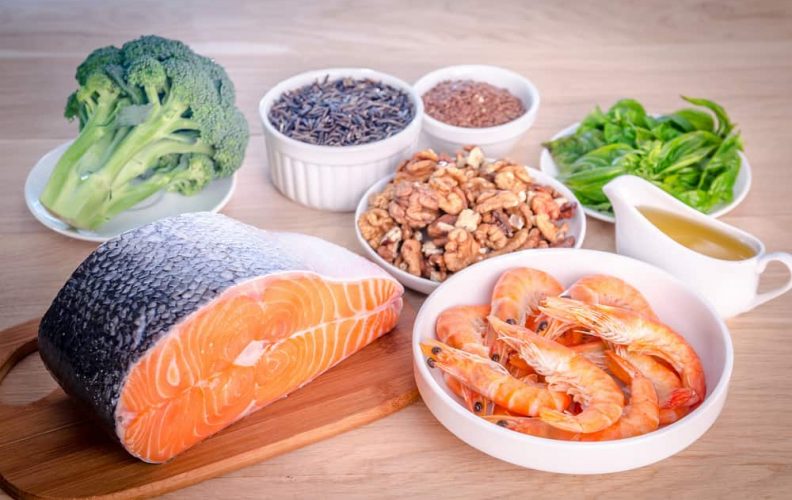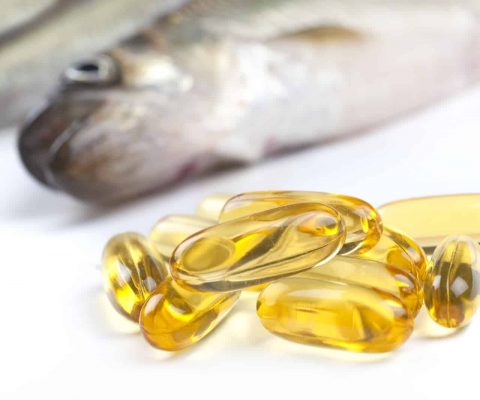Omega 3 vs Omega 6: How to Achieve the Balance for a Healthier Life
Disclosure: We use affiliate links and may receive a small commission on purchases.
 Omega 3 vs Omega 6: How to Achieve the Balance for a Healthier Life
thefitbay.com
Omega 3 vs Omega 6: How to Achieve the Balance for a Healthier Life
thefitbay.com
Trans Fats, Hydrogenated Fats, and PHOs seem to be the biggest controversy in the food industry lately, with the FDA ordering the food manufacturers to stop using trans fats within the next three years, and there has been particular focus on educating people to incorporate more Omegas into their diet in order to keep themselves healthy, but still gain the fat in their diet that they need.
So what actually are Omega 3 and Omega 6 fats?
To understand Omega 3 and 6, you need to first understand what the different types of fats are, starting with saturated fats and unsaturated fats. By now everyone knows that unsaturated fats are the way to go in order to keep your diet full of the healthy fats that we need, so where can we get this kind of fat from?
Omega 3 and Omega 6 is an unsaturated type of fat that can only be taken into the body through diet and food, our body simply cannot produce them by itself. We need to be careful about what we eat so we can get the right amount of fat in our diet so that we can function at our best, and this is why low- or non-fat diets are particularly bad for us. They deprive us of some of the most important elements of our diet.
To really get a healthy balance of fats in our diet, specialists recommend that we take Omega fats into our diet at a 4:1 ratio in flavour of Omega 6, so 4 Omega 6 to every 1 Omega 3. Now, this is not nearly as difficult as it initially seems.
What is Omega 3 and where can we find it?
Omega 3 is a fatty acid molecule that is typically found in three main forms: EPA, DHA, and ALA. The latter of which is the only vegetarian form of Omega 3, found in green leafy vegetables, nuts, and certain oils, which is why it is so important for vegetarians and vegans to make sure they get plenty of these food sources into their diet in order to maintain a healthy lifestyle.

The first two come from animal sources, such as salmon, sardines, and grass-fed beef, all of which should be eaten in proper moderation to maintain a healthy diet.
You can also try Omega 3 supplements and there are some great supplements available on the market today.
What about Omega 6?
Omega 6 is the easier to find of the two Omegas, as it is present in many different cooking oils. Yet the reputation of Omega 6 has been somewhat wronged over the years. Omega 6 oils are very easy to produce, so they are cheaper and manufacturers are much more likely to use them in processed foods, such as candy and other snacks. In order to make these snacks last longer, manufacturers tend to stabilise the oils by hydrogenating them and this turns them into Trans fat, which is worse for you than saturated fats.
The relationship between Omega 3 and Omega 6
The main difficulty about being conscious of eating more Omegas is that you need to be careful about which one you are eating more of, and what ratio you are aiming for, as your body can only take in so many Omegas at one time. They will quickly being to fight for space within the body and not all be absorbed, so it is suggested that you try to maximise your Omega 3 intake and lower your Omega 6 intake.
How to get the right balance
Finding the right balance is one of the most important goals for all of us when we are trying to lose weight, or simply just to eat better and be a bit more conscious of our foods. The same goes for Omega fats.
Try to remember to read the ingredients added into your food, and look at the breakdown of the fats and what they are, as the more you understand what goes into your food, the more you will understand what foods you should cut out of your diet.
Omega 6 fats are remarkably easy to find in your everyday diet, as they are in a lot of the oils, butter, and creams that we use on a day-to-day basis, so your focus should really go towards getting the most Omega 3 into your diet in order to remove some of the Omega 6.

To really maximise your intake of Omega 3 fats, try to increase your intake of low mercury fish and grass-fed meats, as these are high in Omega 3 and will supply you with plenty of the good kinds of fats. As well as being more conscious of your meat, try to be a bit more conscious of your vegetable. Green leafy vegetable, nuts, and pulses are all excellent sources of Omega 3, and should take up a lot of room in your diet. It’s well known that the more vegetables you take in, the better it is for your body.
What are the benefits of the right balance of Omega 3 and 6?
Finding the right balance of Omega 3 and Omega 6 can benefit your body in so many different ways. Not only can these small changes help to give us benefits such as weight loss and improved overall health, some studies have shown that the incorporation of Omega 3 into your diet can improve mood, sleep, and even go towards fighting many different illnesses and diseases.
Omega 3 is also one of the best fats to use as a weapon in fighting against heart disease as this fat can lower cholesterol, fight against clogged arteries, and generally protect you against heart disease, heart attack and stroke.
We hope that this article helps you to find the right balance, as well as showing you all of the incredible reasons we should be cramming as much Omega 3 into our diet as possible. Food education is so important so that we can live right, feel better, and gain all of the health benefits of a proper diet.










